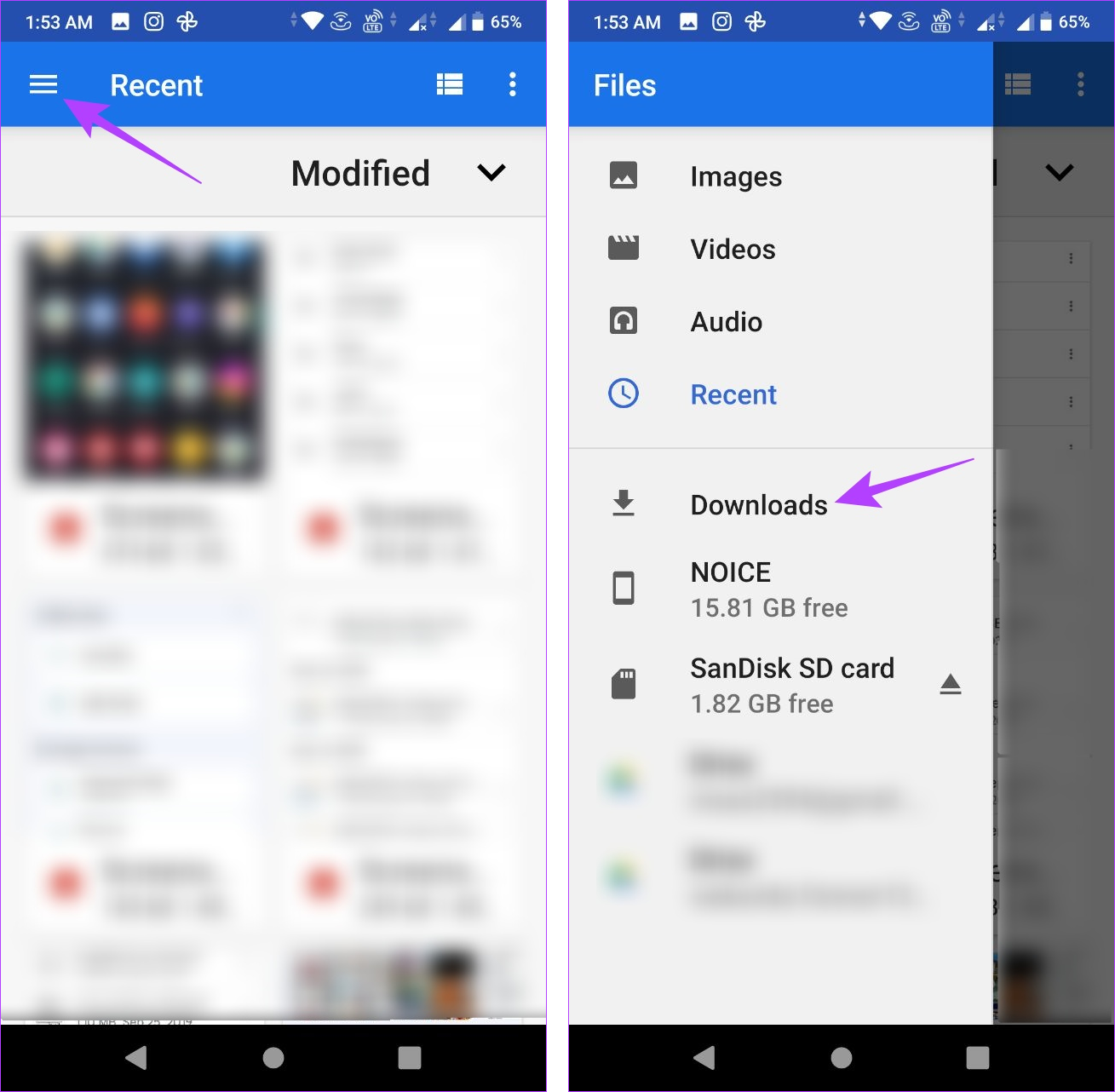Locating downloaded files on your Android gadget can be a difficulty. Easily, your phone can rapidly end up being cluttered with images, video clips, screenshots, and various other documents. To maximize room on your gadget, it's important to keep an eye on where your downloads are saved. This way, you can conveniently identify and delete unnecessary files.

If you're having problem finding a vital file that appears to have disappeared right into thin air, are afraid not! This guide is below to aid you track it down and get your Downloads folder in order. Whether you're a honored proprietor of among the top-rated Google Pixel phones or an additional Android device, we'll reveal you how to rapidly discover your downloads and keep them neatly organized.
Locate your downloads with the default documents supervisor
Every phone manufacturer may provide a special pre-installed Android application for arranging data, yet your usage needs to be similar. If you have a Samsung tool, you can consult our guide on locating downloads on your Samsung Galaxy phone.
Much like various other prominent os, Android has actually a marked Downloads folder for keeping data. To locate your downloaded and install documents on your gadget, follow these actions:
1. Open the Data or My Data application from the home screen or application cabinet.
2. Look for a section called Downloads.
3. Touch it to watch the files you downloaded and install.
Utilize the Files by Google app for your downloads
If you're looking for a straightforward and reliable means to situate your downloaded and install documents on your Android gadget, think about using Documents by Google from the Google Play Shop. This app sticks out as a leading selection for its user-friendly interface and capability, making it an superb option to any type of preinstalled file manager application on your device.
4. Open up the Data app.
5. Select the Browse tab near the bottom.
6. Faucet Downloads.
7. Select the Download and install tab to see the data because folder.
Situate your downloads by hand
Browse to your phone's inner storage if you can not locate the storage space place of the Downloads folder on the homepage of your file manager application. Right here's just how you do it:
1. Open the Documents app.
2. Select the Browse tab near the bottom.
3. Scroll down and go to Inner storage space.
4. Touch the Download and install folder.
Move your downloads to another area
Relocating files away from the Downloads folder is valuable for multiple reasons, particularly for data consisting of exclusive or individual details. Placing these documents into their folder keeps them safe and makes it challenging to erase them accidentally. It likewise stops them from getting buried and mixed with the various other arbitrary data you download.
1. Open the Files app.
2. Navigate to your Download folder.
3. Tap the three-dot menu to the right of any file.
4. Choose the Move to option.
5. Tap Internal storage at the bottom.
6. Select any location or folder.
7. Tap Move here to transfer the file to that location.
Additionally, you can utilize the Copy to feature and transfer these files to a different location. This enables you to create numerous copies without deleting the original files from your Download folder.
View the exact location of your downloadsM/b >
You may want to see the location of the Download folder for various reasons from time to time. Tap the three-dot menu next to one of your downloaded files and go to File info. The/ storage/emulated/0/ Download path is the default for many modern Android devices. Some third-party web browsers might save files to a different folder, but this should be the location for most downloads.
Managing your downloads is easier than you think
The Files app by Google website is an excellent choice for those who appreciate a straightforward file management solution. With its user-friendly interface and simple features, this app effectively categorizes your files into different types such as downloads, images, videos, and audio. Additionally, it provides the option to remove unnecessary files.
Speaking of tidying up, you can free up more storage space by learning how to delete unwanted WhatsApp media files. You can install an SD card on some Android devices if you're still short on space.